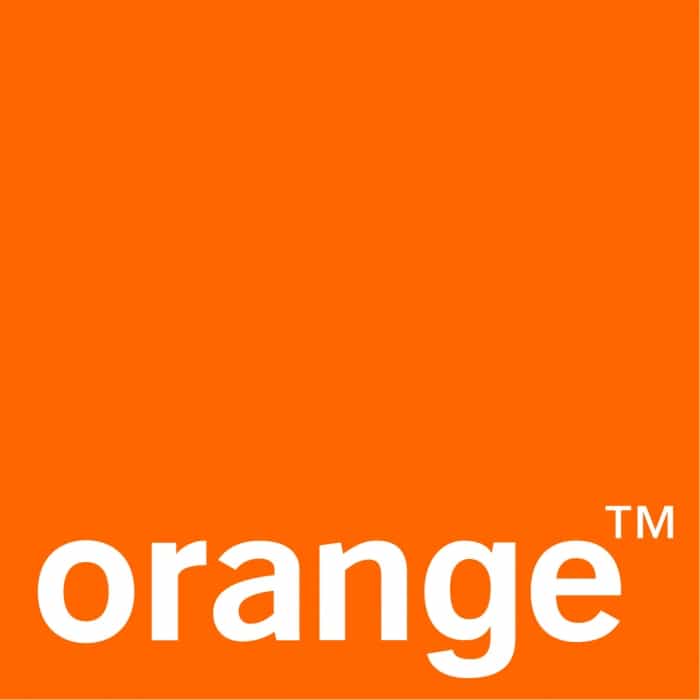With a challenge to launch 80 new products yearly and serving over 5000 customers worldwide the new BPM platform introduced recently at Orange central executive HQ promises to bring consistency, standardization, and re-use to the existing manual customer support and operations environment.
Orange Business Services (OBS) is a global IT and communications services provider, with services worldwide. Their mission is to help companies collaborate effectively, operate efficiently, and engage better with their customers, by connecting their people, sites, and machines securely and reliably. More than two million businesses in France and 3,000 multinationals place their trust in them.
Supporting communications takes strong global processes, a seamless voice, and data network, and a qualified team that can serve across borders, languages, and diverse in-country infrastructures. They offer international know-how combined with an unmatched geographical footprint.
Employees dedicated to enterprise businesses
Customers
locations around the world
Challenges
The Orange Business Services team
Currently, Orange has dispersed teams of experts (known internally as Service Life Managers – SLM and Service Implementation Managers – SIE) within the department of customer support and operations. This department globally represents 6000 employees serving over 5000 customers across France, Delhi, Cairo, and other
Orange currently does have a documented process manual for product deployments. It includes a complex RACI whereby all the roles related to tasks are identified. It is used by the SIE’s as reference to extract the generic responsibilities when initiating a project (launch of a product/ service). It then becomes the responsibility of the SIE to define the work instructions and associated teams responsible to deploy the particular product (with the assistance of engineering and IT). Each product deployment requires analysis of the particular requirements and construction of a unique set of tasks/ processes to properly deliver. It is very difficult to achieve consistency, standardization and re-use in the existing manual environment. As well, it is impossible to gain a consolidated global view of the work-in-progress and bottlenecks. If a best practice is developed it is very difficult to propagate across other product deployments. On average the teams need to deliver 800 products/ services per year.
Goals and Objectives of the Project
A team was formed consisting of SIE-SLM experts from across the disciplines and spread across geographic regions (France, India, Cairo) to launch a project named “Design for Re-use” (D4R). The objective was to define within a central repository, pre-defined key reusable portions of processes that can be made to come together into a unified work process (representing the key process value chains for Orange: Order, Deliver, Customer Support & Invoicing) to deliver its products. Once in place, this central repository of best practices will become shared by all the SIE-SLM’s (representing approximately 200 process conceptualizers). The team envisioned the use of an advanced BPM software to achieve these goals.
Market Analysis
The team assembled a list of key requirements prior to conducting the market analysis. The key features identified in the requirement document were:
- BPMN 2.0 compatibility with easy and intuitive navigation/ drag and drop
- Information stored in a central re-usable library of objects with the ability to re-use objects multiple times within one or many processes
- Web access to published content without the need for a client software, using defined role profiles to control access including simple and intuitive search capability (Key words and full text search)
- Version control (WIP, Published, for review) as well as audit trail of previous versions and other processes (differences)
- Ability to share processes using unique URL’s
- Ability to export processes at any level to different formats (Word, Excel, BPMN)
- Security control capabilities on any object and use of groups and profiles
- Collaborative capabilities to permit discussions, improvement requests, questions etc. on published content
- Multi-language capability (multiple simultaneous languages supported)
With that list of requirements the team conducted a cross-market study of some key suppliers in the BPM market (from Europe, United Stated and Canada). They made use of a scoring matrix to evaluate each supplier and render an overall score based on the listed requirements. Interfacing was asked to demo several times until the team made their final selection. Interfacing (Enterprise Process Center – EPC) was selected due to its ability to meet all of the listed requirements.
Deployment
The Orange D4R team knew all along that no matter how good the selected platform was, and how solid the associated methodologies were, without a careful planning of the deployment the project may not be successful.
The introduction and deployment of the platform has been planned over phases, along with well-designed and focused training and coaching sessions led by the EPC professional services team.
The first phase of the deployment was launched in March 2016 with the installation of EPC followed by a 3 day intensive training session at Orange Business Services offices in Rennes, France. The training was tailored to the project’s needs and led by an EPC professional. It followed a workshop format in which training attendees were continuously engaged in EPC, building processes and learning the features. Most material used were from Orange’s own processes. The workshops also covered methodologies to determine the frameworks to be used.
At the end of the training, all team members were confident of the capabilities of EPC and that, as some of them said, “EPC was the tool that answered best the project’s needs and requirements”.
After the initial training, the core team set out to model the various key processes and test the applicability of EPC for their needs. Several key functions where tested during this phase:
- Use of Processes/ sub-processes/ process references and shortcuts/ IPLs
- Linking EPC to internal tools for viewing published content
- Enabling multi-langual process deployment
- Preparing deployment plans for January 2017 and training material for all usersInstalled the latest release of EPC (V9.7.2) as well as the Cognos reporting function
In the next phases of the deployment, the team started by finalizing the framework design and start building their processes in EPC. The team conducted additional training sessions internally to train additional process modelers and to start training end users on performing their processes using EPC.
Interfacing will continue supporting the team in their journey towards achieving the project’s goal. To that end, weekly reviews and conference calls have been scheduled between the team and the EPC professional.
Next Steps
As Interfacing is preparing the launch a new major upgrade of it’s software (V10 – support for BPMN 2.0), Orange has volunteered to be our Beta tester for the initial release of the product in the December, January 2016 time frame. Orange plans to deploy at large after this using the latest in BPMN 2.0 representation.
Project summary, Challenges and Critical Success Factors
The Orange D4R team knew all along that no matter how good the selected platform was, and how solid the associated methodologies were, without a careful planning of the deployment the project may not be successful.
The introduction and deployment of the platform has been planned over phases, along with well-designed and focused training and coaching sessions led by the EPC professional services team.
The first phase of the deployment was launched in March 2016 with the installation of EPC followed by a 3 day intensive training session at Orange Business Services offices in Rennes, France. The training was tailored to the project’s needs and led by an EPC professional. It followed a workshop format in which training attendees were continuously engaged in EPC, building processes and learning the features. Most material used were from Orange’s own processes. The workshops also covered methodologies to determine the frameworks to be used.
At the end of the training, all team members were confident of the capabilities of EPC and that, as some of them said, “EPC was the tool that answered best the project’s needs and requirements”.
After the initial training, the core team set out to model the various key processes and test the applicability of EPC for their needs. Several key functions where tested during this phase:
- Use of Processes/ sub-processes/ process references and shortcuts/ IPLs
- Linking EPC to internal tools for viewing published content
- Enabling multi-langual process deployment
- Preparing deployment plans for January 2017 and training material for all usersInstalled the latest release of EPC (V9.7.2) as well as the Cognos reporting function
In the next phases of the deployment, the team started by finalizing the framework design and start building their processes in EPC. The team conducted additional training sessions internally to train additional process modelers and to start training end users on performing their processes using EPC.
Interfacing will continue supporting the team in their journey towards achieving the project’s goal. To that end, weekly reviews and conference calls have been scheduled between the team and the EPC professional.
Discover how we helped other companies succeed


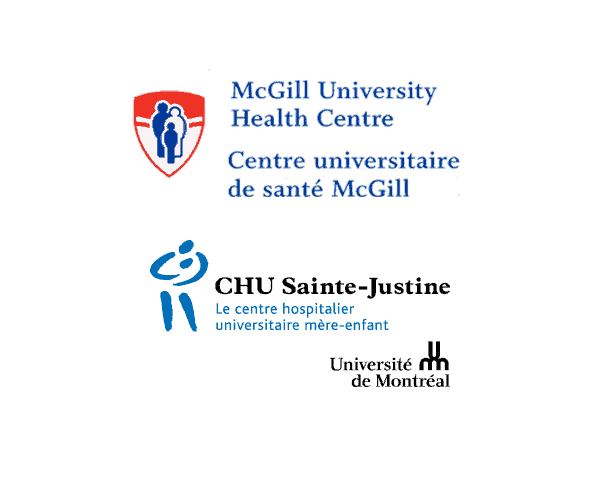

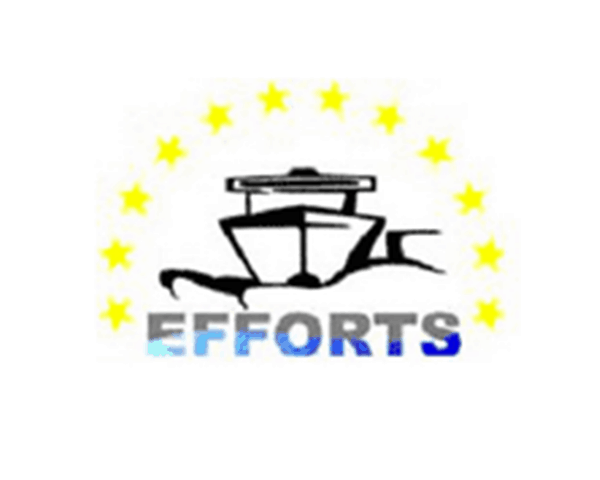


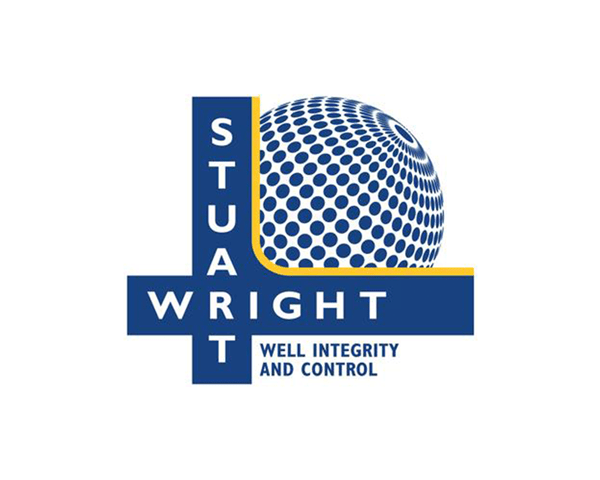


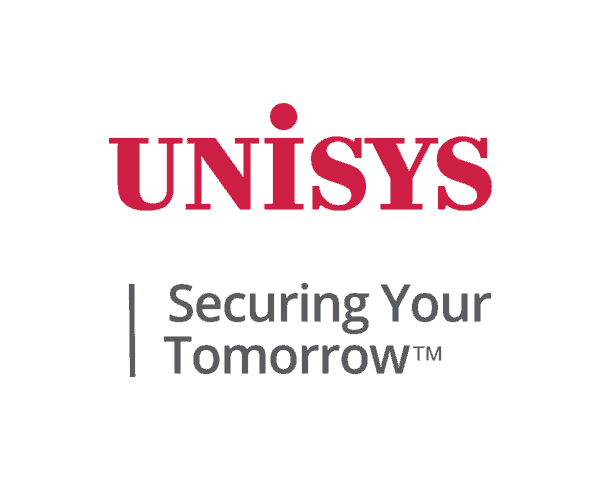


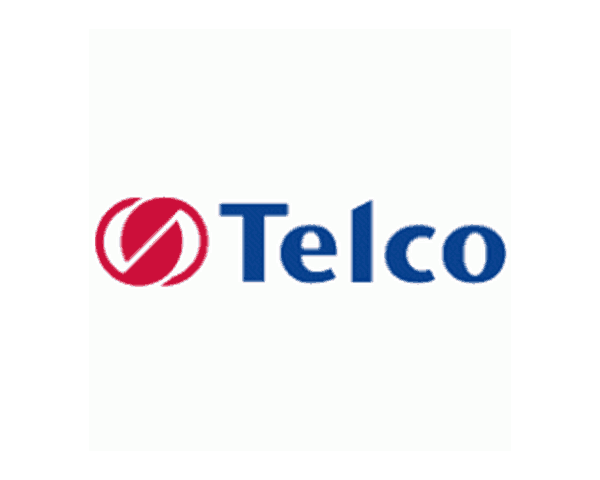

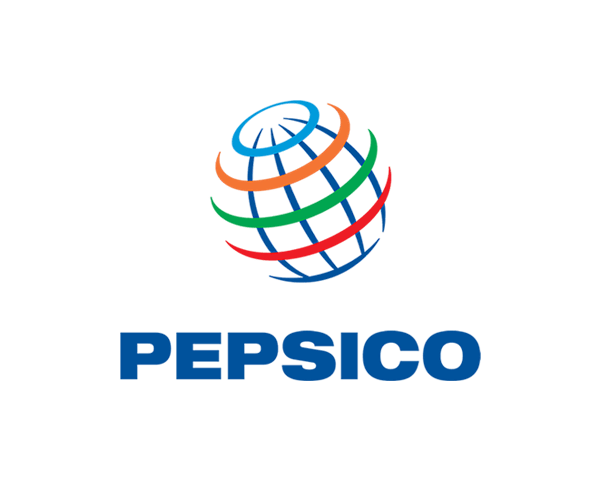
Can't find what you're looking for?
